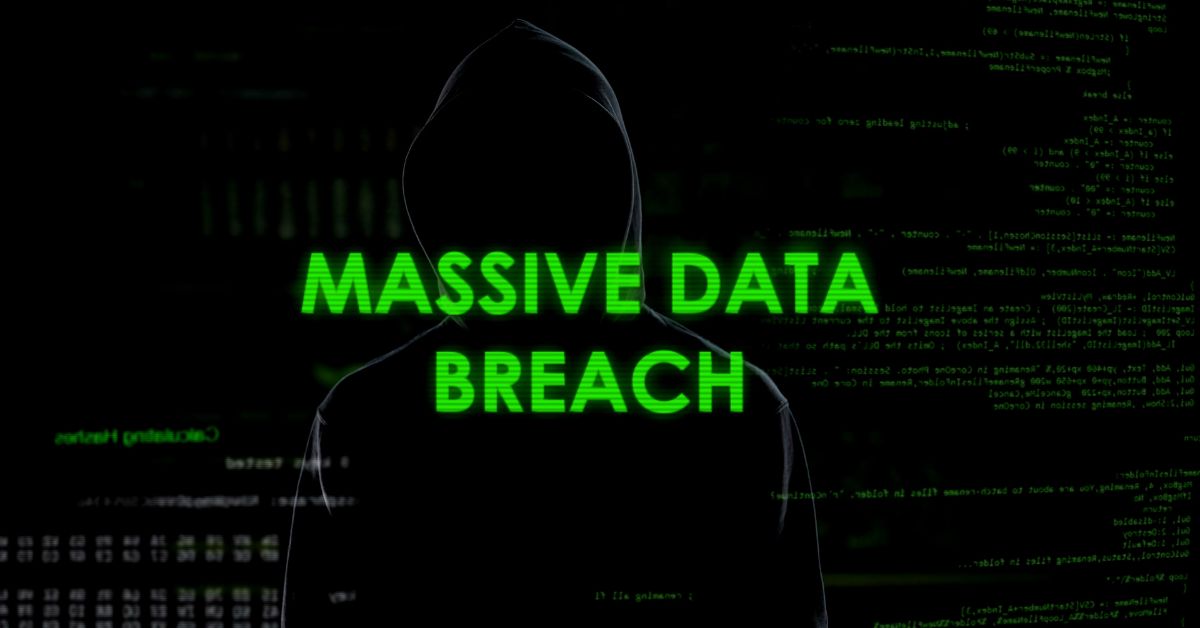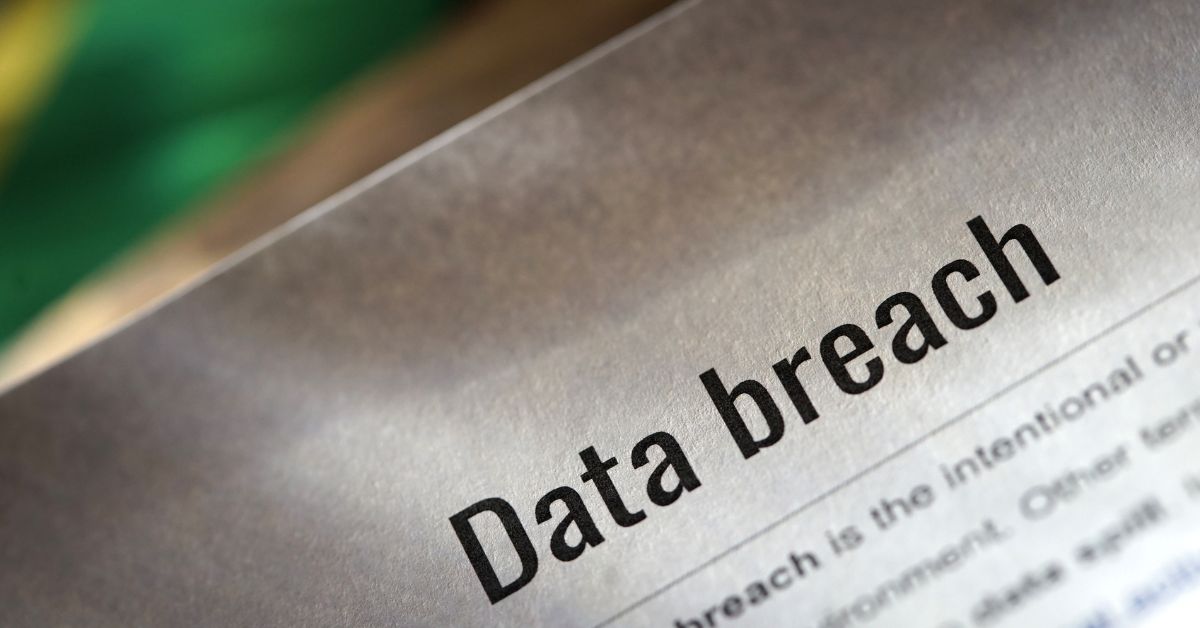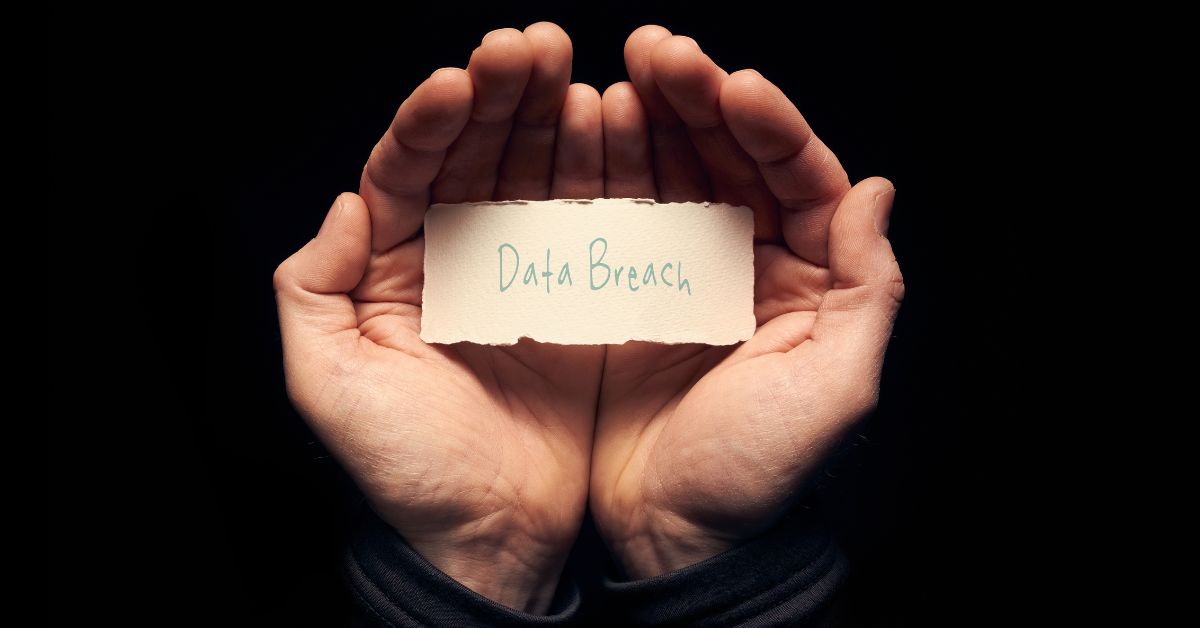Introduction: The Growing Threat of Fake Data Breach Letters
In the world of cybersecurity, businesses must constantly adapt to new threats and challenges. One emerging issue that has become increasingly prevalent is the rise of fake data breach letters. These fraudulent communications attempt to deceive recipients into believing that their organization has suffered a data breach, often with the goal of extorting money or gaining unauthorized access to sensitive information. In this article, we will explore how to identify fake data breach letters, the precautions to take if you receive one, and the importance of having a proper incident response plan in place.
Differentiating Between Real and Fake Data Breach Letters
Fake data breach letters can be difficult to distinguish from legitimate notifications, particularly as cybercriminals become more sophisticated in their tactics. However, there are several key factors to consider when determining the authenticity of a data breach letter:
Sender’s Information: Verify the sender’s email address, phone number, and other contact information against known sources, such as the company’s official website. Be wary of generic email addresses or domain names that do not match the organization’s official domain.
Language and Tone: Fraudulent letters may contain spelling and grammar mistakes, as well as an unprofessional or overly urgent tone designed to pressure the recipient into taking immediate action.
Requests for Payment: Legitimate data breach notifications typically do not ask for payment or personal information. If a letter requests payment, particularly through unconventional means such as cryptocurrency, it is likely a scam.
Lack of Specific Details: Fake data breach letters often lack specific information about the alleged breach, such as the date, nature of the compromised data, or steps the organization has taken to address the issue. Legitimate notifications generally provide detailed information about the incident and any ongoing investigations.
Precautions to Take if You Receive a Suspected Fake Data Breach Letter

If you receive a data breach letter that you suspect may be fraudulent, take the following precautions:
Do Not Respond: Do not provide any information or payment in response to the letter. Instead, contact the organization directly using verified contact information to determine the legitimacy of the notification.
Report the Incident: Report the suspected fake data breach letter to the appropriate authorities, such as the Federal Trade Commission, to help combat this growing threat.
Educate Employees: Ensure that your employees are aware of the rise of fake data breach letters and the steps they should take if they encounter one. Regular training on cybersecurity best practices can help prevent employees from falling victim to scams.
The Dangers of Fake Data Breach Letters for Individuals and Businesses
Fake data breach letters pose significant risks to both individuals and businesses. For individuals, falling victim to a scam can result in financial losses, identity theft, or unauthorized access to sensitive information. For businesses, fake data breach letters can lead to reputational damage, regulatory penalties, and loss of customer trust.
To mitigate these risks, it is essential to have a proper incident response plan in place to deal with data breaches and other cybersecurity threats. One valuable resource in this regard is Incident Response Services, which can help organizations quickly and effectively respond to a breach, minimizing damage and preventing further incidents.
The Importance of Incident Response Services and Efficient Planning

Incident Response Services provide expert assistance in the event of a data breach or other cybersecurity incident, helping organizations identify the scope of the issue, contain the damage, and recover from the attack. These services may include digital forensics, malware analysis, and remediation efforts to secure compromised systems and prevent future breaches.
By engaging Incident Response Services, organizations can mitigate the impact of a data breach, protect their reputation, and ensure compliance with regulatory requirements. An efficient incident response plan, developed in collaboration with cybersecurity experts, can help businesses respond swiftly and effectively to both real and fake data breach incidents.
Conclusion: Taking an Active Role in Protecting Your Data
As the threat of fake data breach letters continues to grow, it is essential for individuals and organizations to take an active role in protecting their sensitive information. By implementing strong security measures, staying informed about potential threats, and engaging Incident Response Services when needed, we can work together to create a safer digital environment for all. Resources such as the Federal Trade Commission’s guide on protecting your personal information can provide valuable insights and tips for safeguarding your data in an increasingly connected world.
